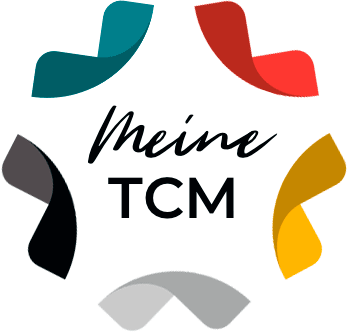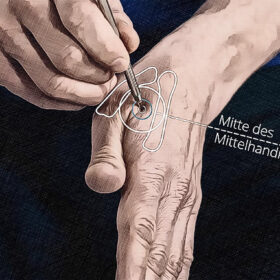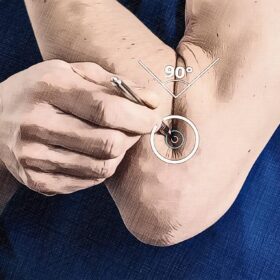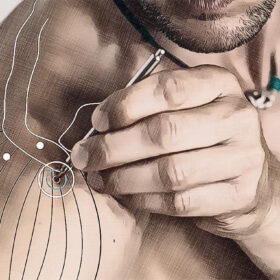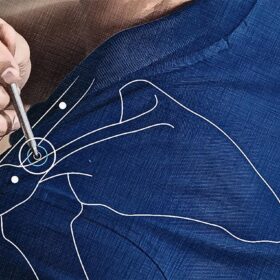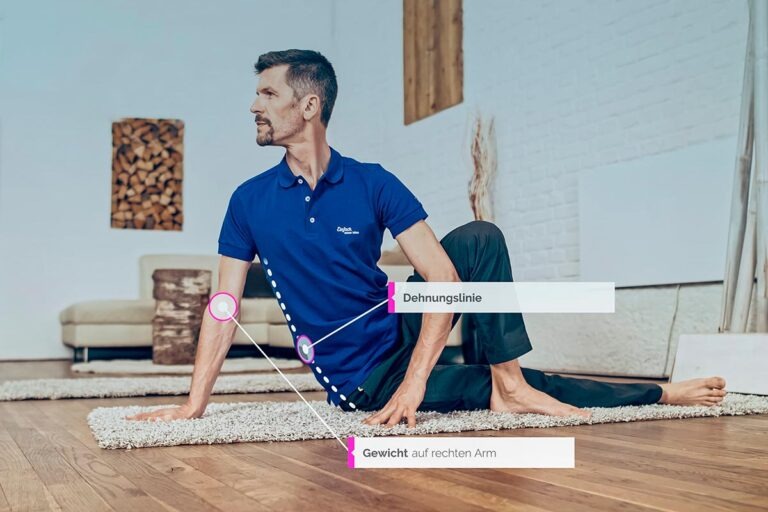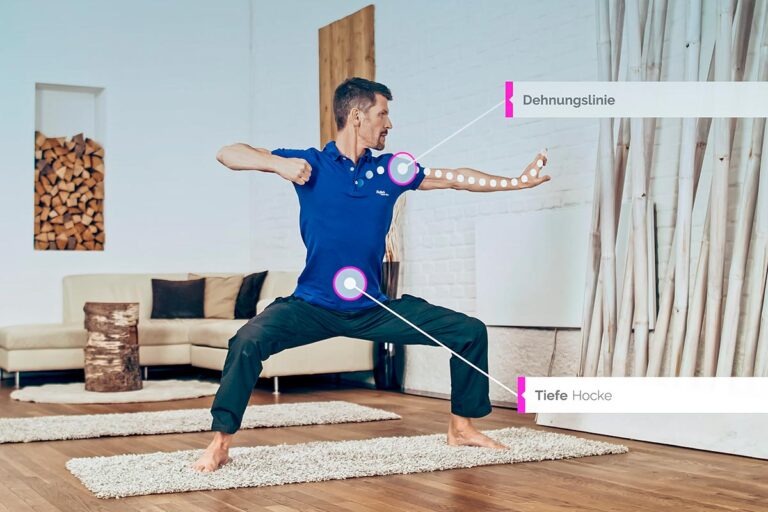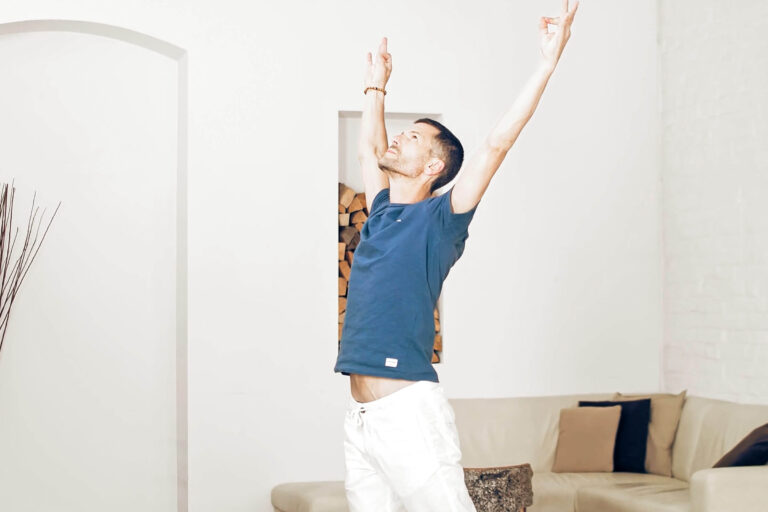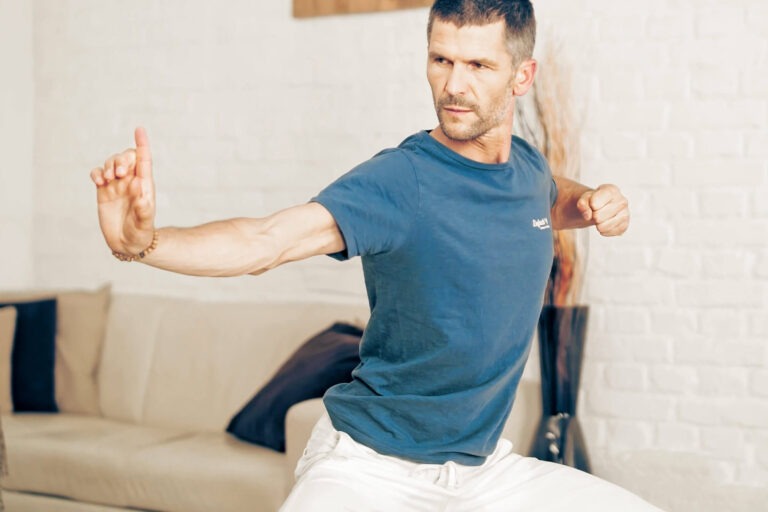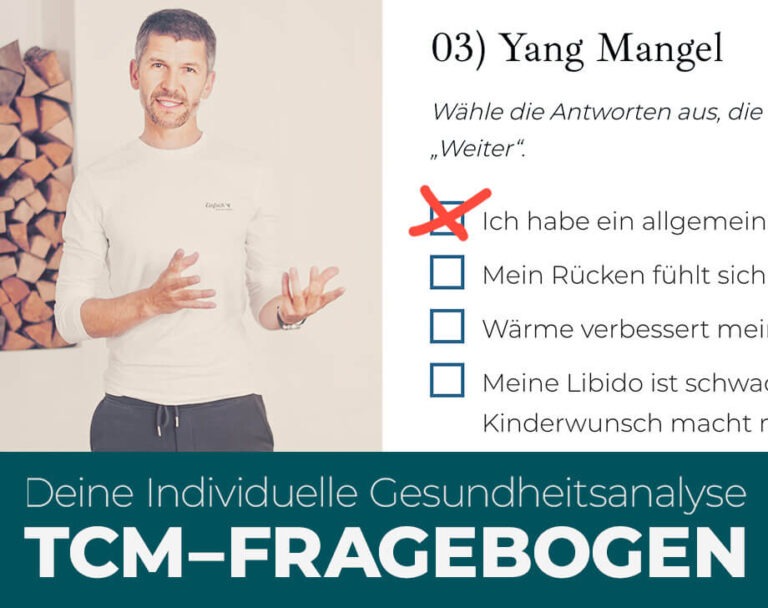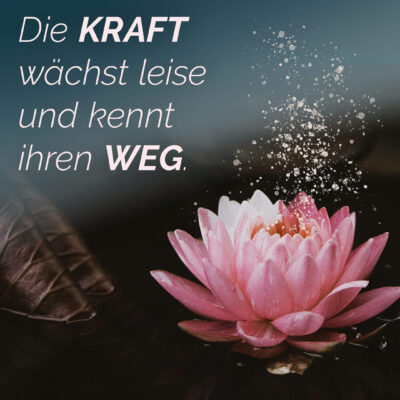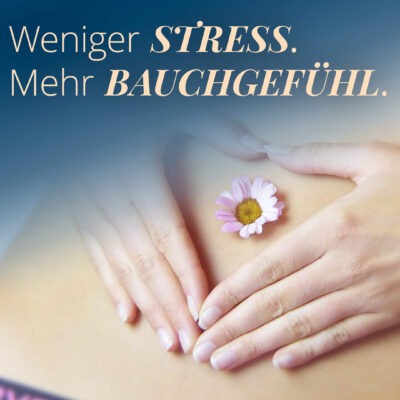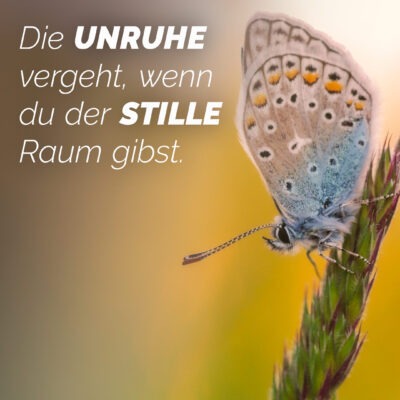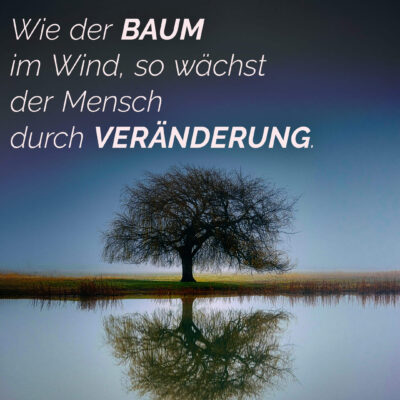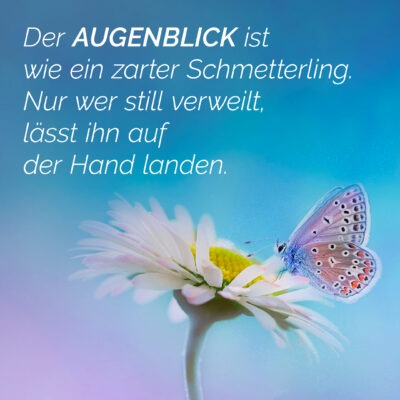The large intestine meridian together with the Lung meridian the Metal element. This is associated with autumn, the time of retreat. The energy begins to retreat inward, in nature the leaves fall and nature prepares for winter.
The metal element creates order and structure. Thereby, the large intestine energy is assigned the task of elimination and letting go. And this not only on the physical, but also on the psychological level. The great theme of the large intestine meridian is letting go.
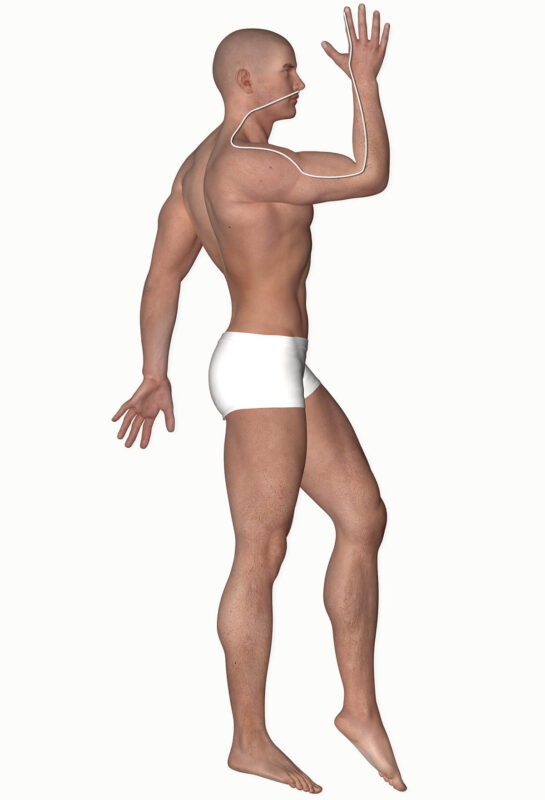
In TCM, the 5 elements are assigned properties and also the meridians and organs.
The colon meridian in detail
Course of the colon meridian
From the nail fold angle on the thumb side, the colon meridian starts with Di 01 and goes from there along the index finger to over the second metacarpal to LI 04. This acupuncture point is easily... Read more now
Disorders in the colon meridian
-
Tendency to bloating, constipation or diarrhea
-
Letting go of the past is difficult
-
Prone to nasal and sinus problems
-
Easy to manipulate
-
A lot of guilt
Key points of the meridian
-
Nose
-
Elbow
-
Index finger and wrist
Harmony in the colon meridian
-
Good digestive power
-
Strong immune system
-
Ability to let go of the past
-
Perseverance and patience to stick with something
Meridian yoga for balancing the energy of the large intestine
In the following I would like to introduce you to ways in which you yourself can increase your energy and vitality. One way to do this is to balance the meridian energy. You can achieve this with the exercises of Meridian Yoga in a very simple way. The exercises bring you into a state of deep calm and relaxation.
Meridian Yoga
Torso Twist for the Large Intestine Meridian
With the exercise Torso Twist you bring the body into a twisted position, in which especially the organ large intestine in the torso area is positively influenced.
Meridian Yoga
The archer for the large intestine meridian
The exercise archer builds strength and stamina on the one hand, and on the other, it brings the course of the colon into a stretch. With this exercise you can release tension.
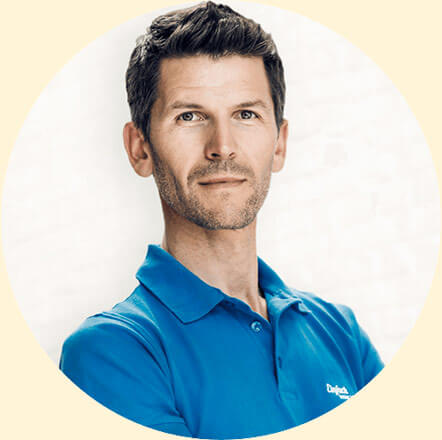
Wolfgang's Pro Tip
Combine the two movement systems Meridian Yoga and Qi Gong and increase their effect. In the morning, when the body is still a bit stiff, you can start the day with 15 minutes of Qi Gong and get the energy you need. In the evening, you can let go of the day with 15 minutes of meridian yoga and regain your composure.
Qi Gong for balance of colon energy
Another very elegant and effective way to increase your personal energy comes from TCM. Qi Gong is a millennia-old art of movement, which is one of the 5 pillars of the Chinese medicine forms. The exercises are easy to learn and here I show you my 2 favorite exercises for balancing colon energy.
Qi Gong Exercise
Open cloud gates
The exercise "Open Cloud Gates" is a beautiful Qi Gong exercise to stimulate the lung energy. It also positively influences the large intestine energy, as the large intestine together with the lungs form the metal element.
Qi Gong Exercise
Stretching the bow
The exercise "Draw the Bow" is a classical Qi Gong exercise to stimulate the lung and large intestine energy. At the same time, it also strengthens the defensive energy (=Wei Qi) of the body, that is, the immune system. It strengthens our mental focus.
Even more information about meridians and your health condition
You want to know more about your current state of health? Then take a few minutes to fill out our TCM questionnaire. This will give you information about which functional circuits of your body you can strengthen from the point of view of TCM.
Do you want to learn more about the meridians and their backgrounds? Then take a look at our meridian overview. Here you will learn all Meridians of the body in more detail.
TCM questionnaire
Find your optimal TCM applications
We invite you to invest a few minutes of your time to fill out this questionnaire. As a result, you will receive your optimal treatments with herbs, acupuncture points and Qi Gong exercises.
TCM Knowledge
All meridians in the overview
The meridians are a central concept in TCM, which we encounter again and again in acupressure as well as in Qi Gong. Knowledge of these pathways can greatly support your health.
Course of the large intestine meridian in detail
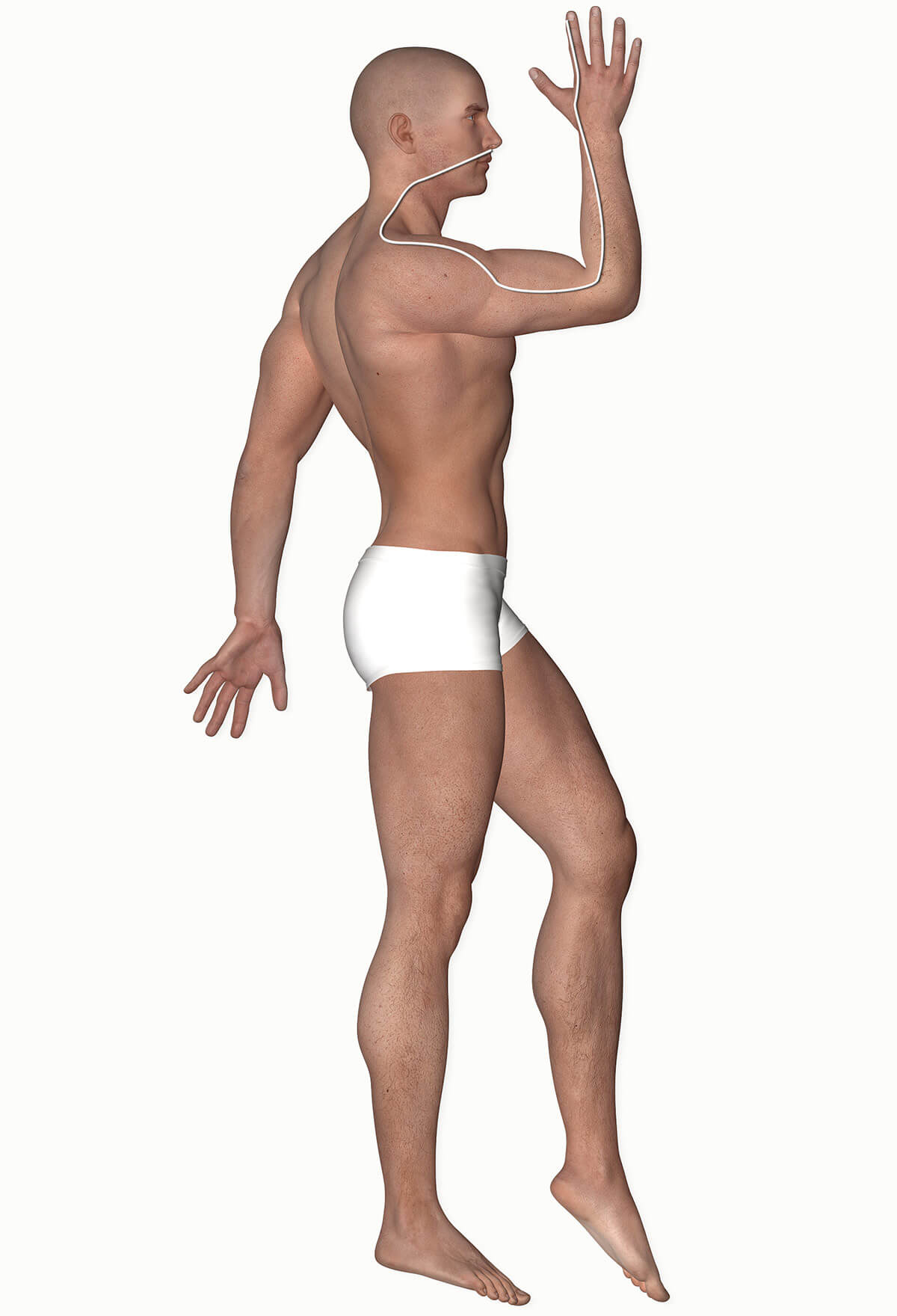
From the nail fold angle on the thumb side, the colon meridian starts with Di 01 and goes from there along the index finger to over the second metacarpal to LI 04.
This acupuncture point is easy to find by pressing the thumb to the fingers. On the resulting elevation is the point you are looking for, if you press there in depth.
Now the meridian runs along the outside of the forearm to the elbow point LI 11. This can be found by bending the forearm 90 degrees. This creates a crease at the outer end of which you find the point in the depth.
Continuing upward to the shoulder and deltoid muscle, more specifically, the meridian runs between the anterior and middle portions to the shoulder level and the important acupuncture point of LI 15.
Now continue above the clavicle and along the anterior edge of the trapezius muscle toward the sternocleidomastoid muscle in the neck area.
Here it goes up the side of the neck, 3 cun outside the larynx. It meets the lower jaw 1 cun (1 thumb) from the jaw angle and moves diagonally from there across the cheek to LI 20 which is located in a recess on the lateral nail wing.
